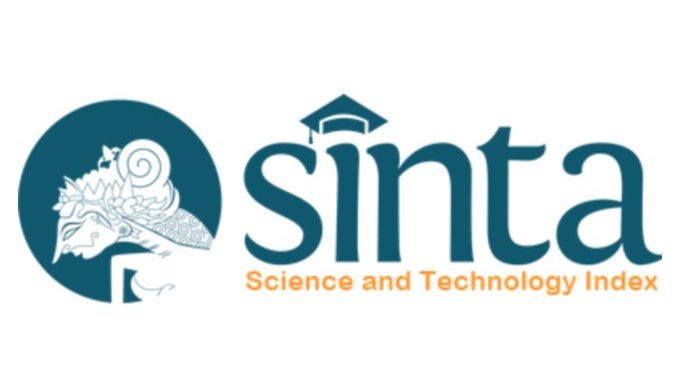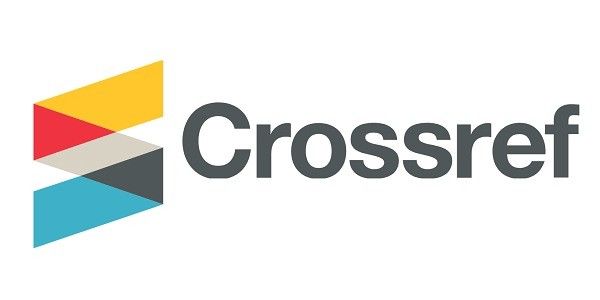Penatalaksanaan Hipertensi Emergensi
DOI:
https://doi.org/10.55175/cdk.v50i2.520Kata Kunci:
Antihipertensi, hipertensi emergensi, organ target, tekanan darahAbstrak
Hipertensi emergensi didefinisikan sebagai tekanan darah sistolik >180 mmHg dan/atau tekanan darah diastolik >120 mmHg disertai bukti kerusakan organ target (target organ damage). Target penurunan tekanan darah pada hipertensi emergensi adalah segera dalam hitungan menit hingga 1-2 jam, sehingga diperlukan obat antihipertensi intravena dengan onset kerja cepat dan durasi kerja pendek (short acting). Prinsip pemilihan obat antihipertensi injeksi adalah berdasarkan presentasi klinis, obat pilihan pertama atau kedua, faktor komorbid, kontraindikasi, dan ketersediaan obat. Labetalol dan nicardipine adalah dua obat antihipertensi yang paling banyak direkomendasikan dalam berbagai guideline sebagai terapi lini pertama berbagai bentuk klinis hipertensi emergensi. Tujuan pengobatan hipertensi emergensi adalah mencegah atau membatasi kerusakan organ target lebih lanjut. Penurunan tekanan darah dilakukan secara gradual untuk mengembalikan autoregulasi organ, sehingga perfusi organ yang normal dapat dipertahankan.
Hypertensive emergency is defined as systolic blood pressure >180 mmHg and/or diastolic blood pressure >120 mmHg with evidence of target organ damage. The target of lowering blood pressure in hypertensive emergency is immediately within minutes to 1-2 hours, so intravenous antihypertensive drugs with a rapid onset of action and short acting duration are needed. The principle of drug selection is based on the clinical presentation with consideration of the target organ damage, the first or second drug of choice, comorbid factors, contraindications, and availability. Labetalol and nicardipine are the two most widely recommended antihypertensive drugs in various guidelines as first-line therapy in various forms of clinical presentation of hypertensive emergency. The goal of treatment is to prevent or limit further target organ damage. Blood pressure reduction is conducted gradually to restore organ autoregulation, to maintain normal organ perfusion
Unduhan
Referensi
Rossi GP, Rossitto G, Maifredini C, Barchitta A, Bettella A, Latella R, et al. Management of hypertensive emergencies: A practical approach. Blood Press. 2021;30(4):208-19. doi:10.1080/08037051.2021.1917983
Whelton PK, Carey RM, Aronow WS, CaseyJr DE, Collins KJ, Himmelfarb CD, et al. 2017 ACC/AHA/AAPA/ABC/ACPM/AGS/ APhA/ASH/ASPC/NMA/PCNA Guideline for the Prevention, Detection, Evaluation, and Management of High Blood Pressure in Adults: A Report of the American College of Cardiology/American Heart Association Task Force on Clinical Practice Guidelines [published correction appears in Hypertension. 2018;71(6):140-4]. Hypertension 2018;71(6):13-115. doi:10.1161/HYP.0000000000000065
Alley WD, Copelin II EL. Hypertensive urgency. StatPearls [Internet]. 2022 Jan. Available from: https://www.ncbi.nlm.nih.gov/books/NBK513351/
Sanders ML, Suneja M. Best practise hypertensive emergensies. BMJ; 2022.
Governatori N, Pollack CV. Hypertensive crisis [Internet]. 2018. Available from: https://www.sciencedirect.com/topics/pharmacology-toxicology-and-pharmaceuticalscience/hypertensive-crisis
Baumann BM, Townsend RR (2012). Hypertensive crisis. Cardiovascular therapeutics: A companion to Braunwald’s heart disease: Fourth edition. Elsevier; 2013 .p. 510-20.
Balahura AM, Moroi ȘI, Scafa-Udrişte A, Weiss E, Japie C, Bartos D, et al. The management of hypertensive emergencies-Is there a “magical” prescription for all? J Clin Med. 2022;11(11):3138. doi:10.3390/jcm11113138
Johnson W, Nguyen ML, Patel R. Hypertension crisis in the emergency department. Cardiol Clin. 2012;30(4):533-43
Benken ST. Hypertensive emergencies. CCSAP 2018 Book 1: Medical Issues in the ICU [Internet]. 2018. Available from: https://www.accp.com/docs/bookstore/ccsap/ccsap2018b1_sample.pdf
Kaplan NM, Victor RG, Flynn JT. Hypertensive emergencies. Kaplan’s clinical hypertension 2015. 11th edition. Philadelphia: Wolters Kluwer; 2015 .p. 263-74
PERKI. Pedoman tatalaksana hipertensi pada penyakit kardiovaskular. Perhimpunan Dokter Spesialis Kardiovaskular Indonesia; 2015.
Varounis C, Katsi V, Nihoyannopoulos P, Lekakis J, Tousoulis D. Cardiovascular hypertensive crisis: Recent evidence and review of the literature. Front Cardiovasc Med. 2017;3:51. doi:10.3389/fcvm.2016.00051
Peixoto AJ. Acute severe hypertension. N Engl J Med. 2019;381(19):1843-52. doi:10.1056/NEJMcp1901117
Marik PE, Mayer SA, Varon J. Hypertensive crises in the critical care setting: Current perspectives and practice challenges. American College of Chest Physicians (ACCP). 2007.
Vaughan CJ, Delanty N. Hypertensive emergencies. Lancet 2000;356(9227):411-7. doi:10.1016/S0140-6736(00)02539-3
Sarafidis PA, Georgianos PI, Malindretos P, Liakopoulos V. Pharmacological management of hypertensive emergencies and urgencies: Focus on newer agents. Expert Opin Investig Drugs. 2012;21(8):1089-106. doi:10.1517/13543784.2012.693477
van den Born BH, Lip GYH, Brguljan-Hitij J, Cremer A, Segura J, Morales E, et al. ESC council on hypertension position document on the management of hypertensive emergencies. Eur Heart J Cardiovasc Pharmacother. 2019;5(1):37-46. doi:10.1093/ehjcvp/pvy032
Unger T, Borghi C, Charchar F, Khan NA, Poulter NR, Prabhakaran D, et al. 2020 International Society of Hypertension global hypertension practice guidelines. J Hypertens. 2020;38(6):982-1004. doi:10.1097/HJH.0000000000002453
Williams B, Mancia G, Spiering W, Rosei EA, Azizi M, Burnier M, et al. 2018 ESC/ESH guidelines for the management of arterial hypertension. Eur Heart J. 2018;39(33):3021-104. doi:10.1093/eurheartj/ehy339
Marik PE, Varon J. Hypertensive crises: Challenges and management. Chest 2007;131(6):1949-62. doi:10.1378/ chest.06-2490
Hardy Y, Jenkins A. Hypertensive crises: Urgencies and emergencies. US Pharm. 2011;36(3):Epub. Available from: https://www.uspharmacist.com
Alshami A, Romero C, Avila A, Varon J. Management of hypertensive crises in the elderly. J Geriatr Cardiol. 2018;15(7):504-512. doi: 10.11909/j.issn.1671-5411.2018.07.007. PMID: 30364798; PMCID: PMC6198269
Unduhan
Diterbitkan
Cara Mengutip
Terbitan
Bagian
Lisensi
Hak Cipta (c) 2023 https://creativecommons.org/licenses/by-nc/4.0/

Artikel ini berlisensi Creative Commons Attribution-NonCommercial 4.0 International License.





















